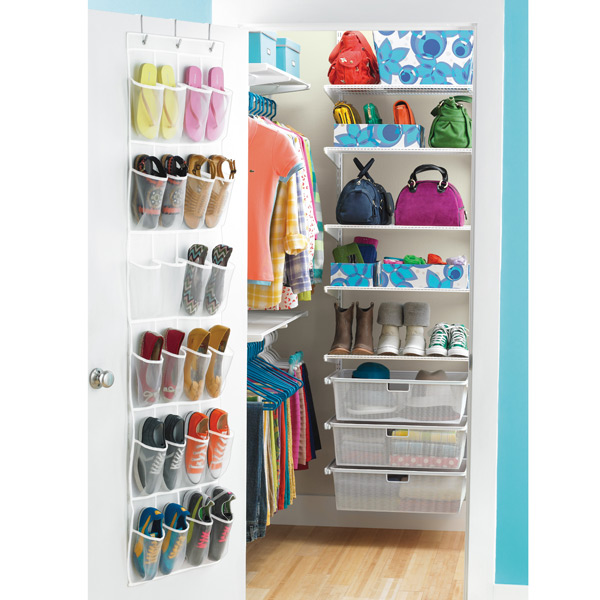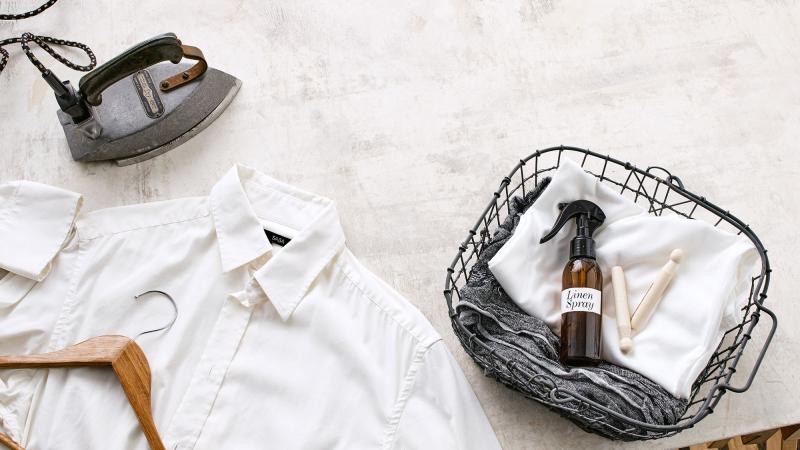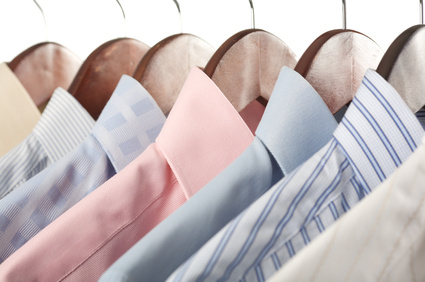When you have too many clothes but too little space in your closet, sometimes organizing is a dilemma. Not to mention the hassle every time you pick clothes before you leave for work.

Here are tips to make the most out of the space available.
- Make use of every inch of space. That doesn’t mean however that you have to stuff everything inside haphazardly. Keep your things organized because you don’t want your stack of clothes to fall over you whenever you open the closet.
- Separate your clothes according to type. Your T-shirts should be stacked separately from your sleeveless shirts and long-sleeved shirts. This will make it easier for you to look for the type of clothing you need. Your pants should also be separate from your shorts or skirts.
- Stack them neatly by rows. Stack your clothes in rows with one at the front and another at the back if there is enough space. When you’re done using all the clothes in the front row, exchange them with the row of clothes at the back.
- Make use of hangers and organizers. Hang clothes made of materials that easily wrinkle. Folding them will make ironing trickier. There are tiered hangers, cascading hooks and and organizers that you can hang inside your closet. Fasten these to the doors of your closet to maximize space.
- Store bags properly and separately. Your bags might be bent out of shape if not stored properly. To keep their shape, stuff them with tissue or paper. Don’t hand them but they should have a shelf on their own. Don’t mix theme with other clothing.

- Fold and organize your underwear. Folding your underwear can save space, but don’t fold your brassier. Stack them horizontally so the cups don’t get distorted. Roll your socks by pairs so they take up less space and are easier to find. They should be separate from your tops, bottoms and other things.
- Use organizers for your shoes. If you don’t have a separate closet for your shoes, make use of the lower half of your closet. There are tiny shoe organizers where you can hang your shoes. Some may prefer to keep them in boxes but these take up a lot of space.
- Hang belts, scarves and hats. Install hooks on your closet door. There are types of hooks you can buy singly or you can also use rods. Separate belts from scarves and from hats so they also look nice.
- Store small items in boxes. Don’t mix smaller items with your other things. You will have a harder time finding them if they get mixed up. Use old boxes or jars or buy space-saving organizers in shops. Accessories and jewelry should be stored separately as well.
- Install shelves, rods and hooks. If there is still enough space, install any one of these to make use of all the space available. There will still be enough room if you decide to buy more clothes or accessories. Just make sure the stacks don’t weigh too much and there’s still enough space to rummage through every stack.



